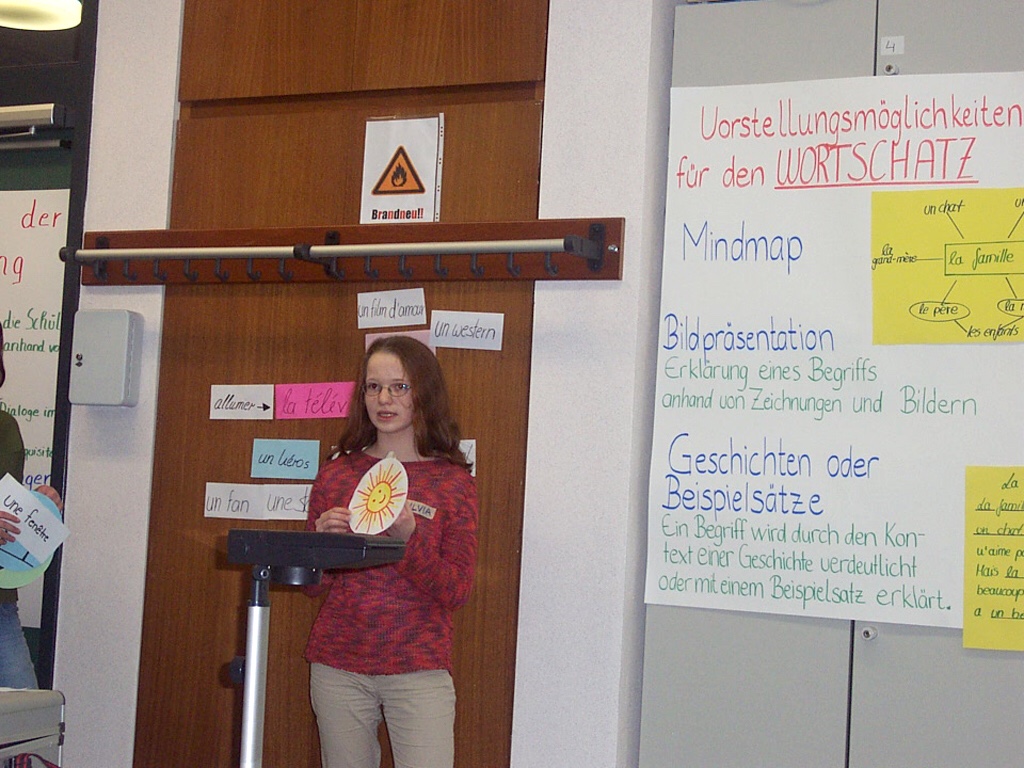Today’s reflection is not news or really new, but capturing some thoughts I’ve had over recent weeks that were jarred to the front of my brain by my visit to Starbucks this morning. Anyone who is a regular has noticed for a few months the ring chargers for mobile devices. These rings with various plugs are made available to patrons, and once the ring is inserted, laying the ring on special plates on tables throughout the shop will charge the device.
Now, it’s not super fast, and it can be difficult to use the device while set on the charger, but am I the only one who thinks this is bloody amazing? For years I have joked that one thing holding back the digital revolution was our continued tether to plugs. When I give a talk now, the prime seats are not the front (or even the back) but the side seats near plugs where members of the audience sit tethered to the wall. Others will simply leave their device sitting there, tied to the wall through the unbreakable lock of flowing electricity. A day of travel or a day at a workshop is a strategic battle to conserve power and to reach charging oases. Airports I visit are judged by the number and availability of outlets (Chicago O’Hare is horrible, as the entire terminal huddles around a single bank of plugs. One the other hand Boston Logan has a plug beneath almost every seat). What we need, I have joked for years, is wireless power. This is sort of what we have at most Starbucks coffee shops today.
I can hear the chorus of “Yes, but…” people out there. It isn’t truly wireless, because the tables are plugged in. It isn’t truly wireless because it is metal contacting metal. It isn’t truly wireless because the device is still tethered, maybe even more closely than before. I recognize and acknowledge all of these buts, but I return a but of my own, the shop has made charging available to a wide variety of devices and eliminated nests of charging cables, bringing the electricity right to each seat.
Does this have long term or broader applications to address some of the earlier problems? Maybe not. In order to make this available at every seat there would have to be a plug and wiring system electrifying all of the chairs (perhaps not the best thing). It probably wouldn’t be much more simple and inexpensive than installing a plug at every chair. But does that make this development trivial or worthless? Absolutely not. The architects of the Starbucks charging pads thought differently about power and wires,and they created a solution that would have been unheard of just a couple of years ago, a solution that clearly is inexpensive enough that in a very short period of time was spread to the majority of shops. I saw this and commented about how amazing it was the first time I saw it, but within weeks, it was everywhere.
Though we have seen immense changes in a short period of time, the changes have not stopped happening, and they are happening right in front of us, sitting under our coffee cups.
As always, I welcome your comments.
Image: https://cdn-starbucks.netdna-ssl.com/uploads/images/_framed/XQ5HY40f-5184-3456.jpg









